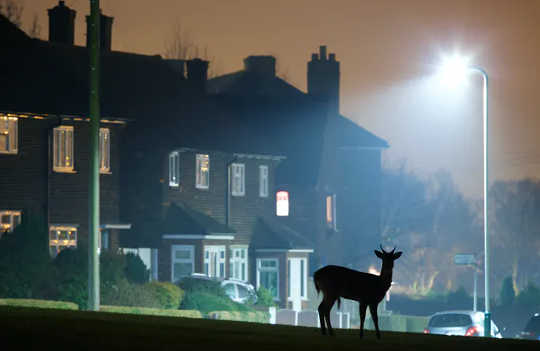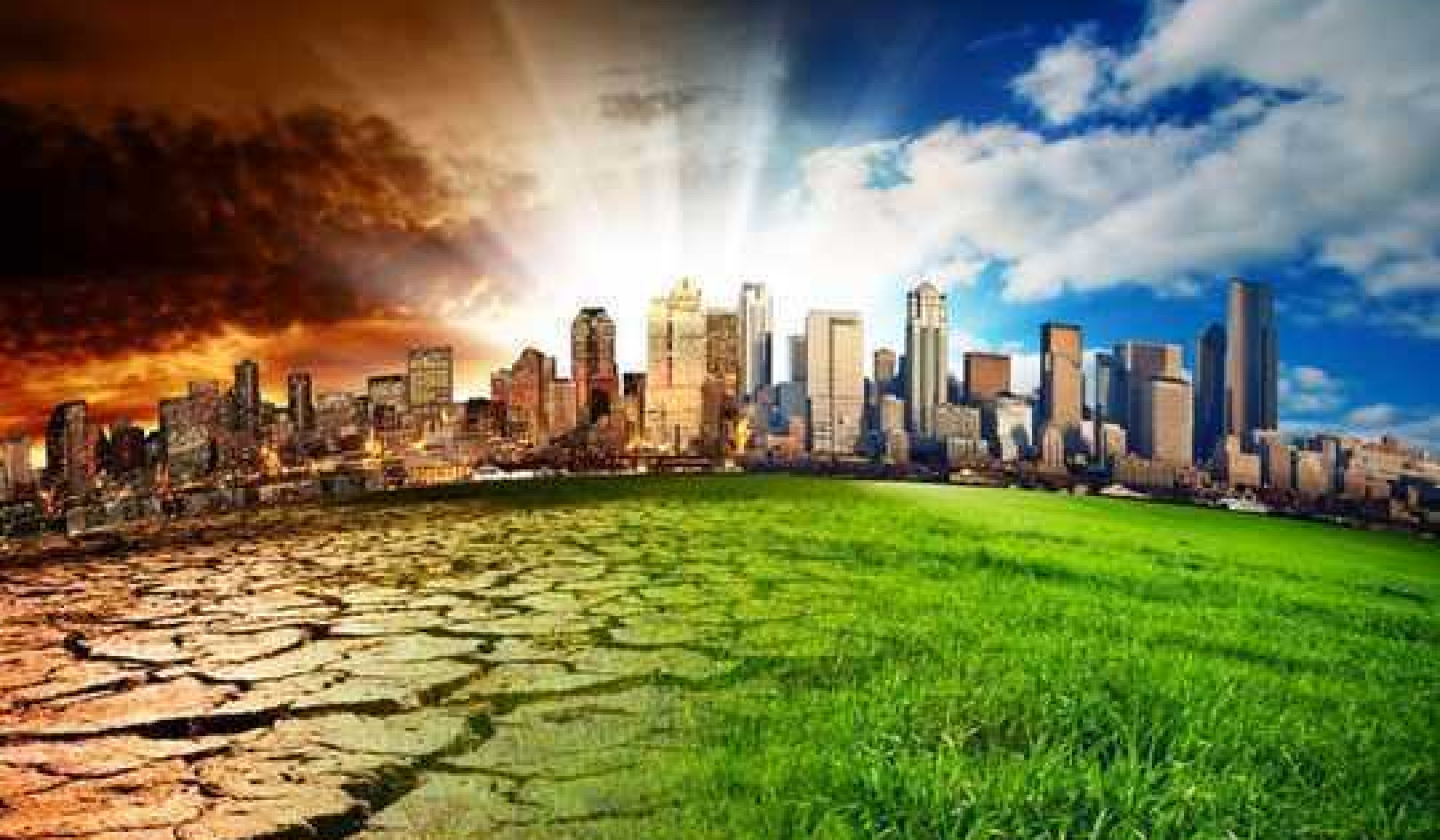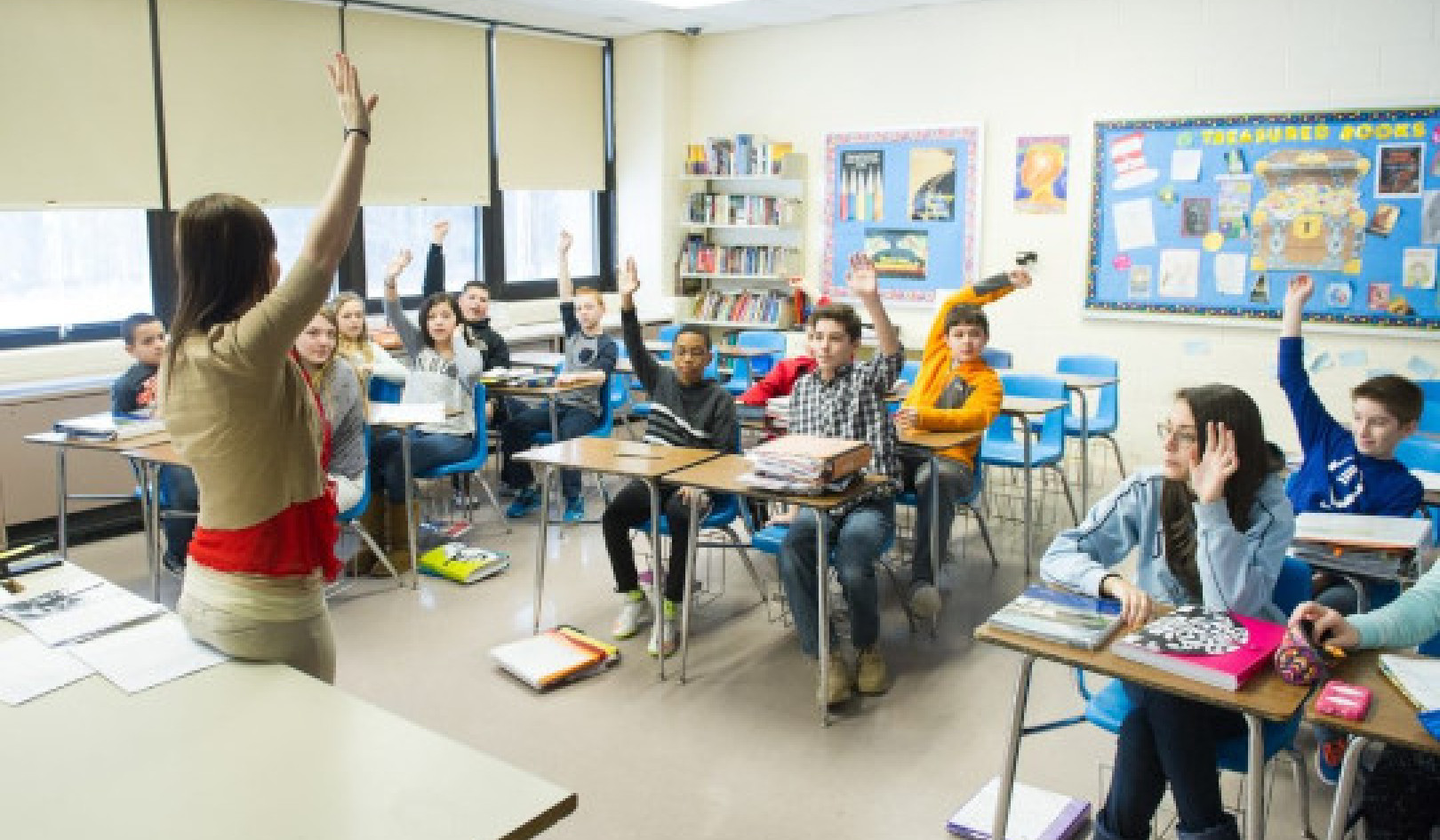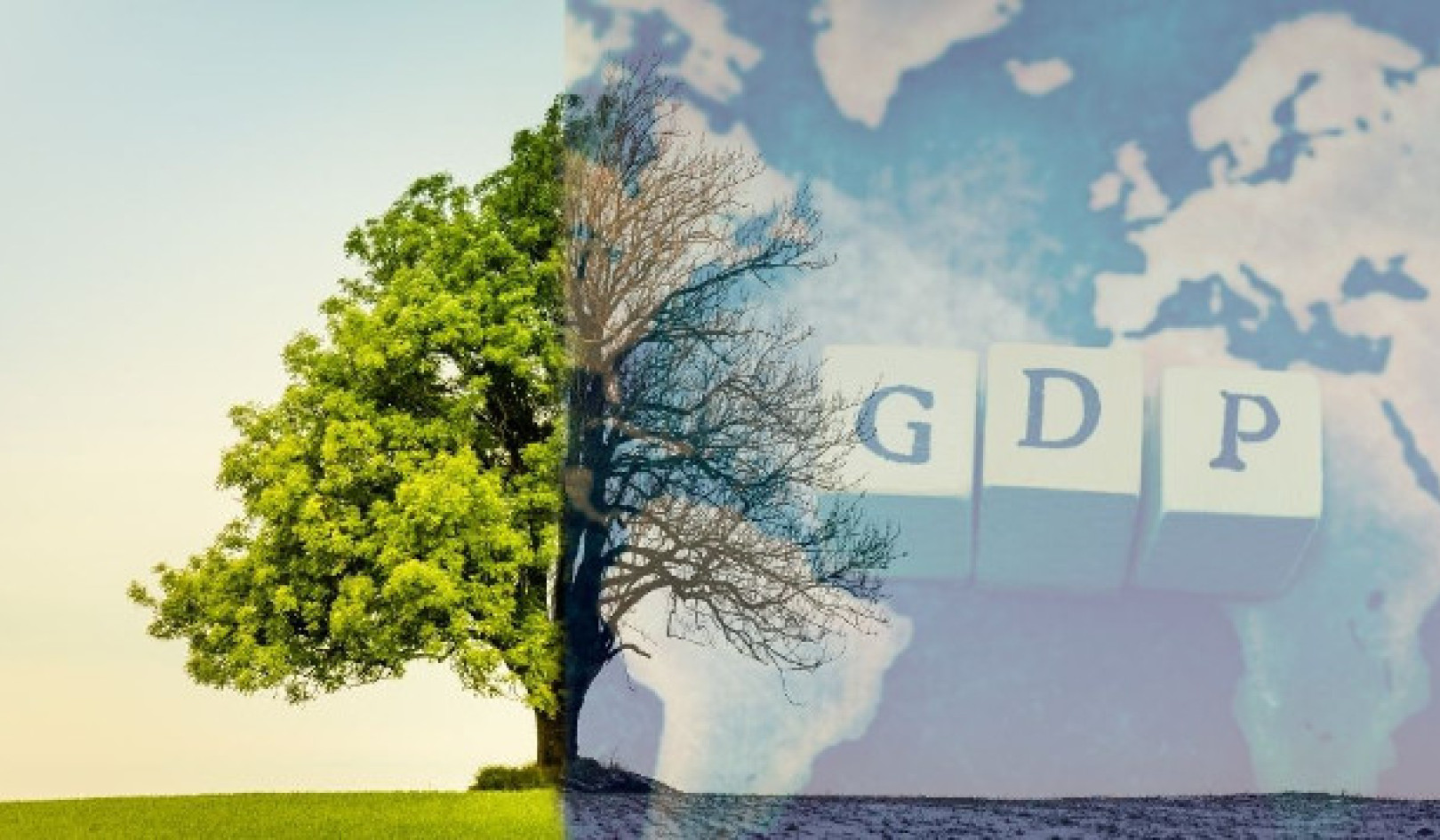If you’re under 30, living in a city in the UK, and especially if you’re in an ethnic minority group, you’re likely to be considered less connected to nature or an “infrequent nature user” in academic research. This characterisation has consequences – if you fit this description, your voice is heard much less in debates about nature, conservation and wildlife than your wealthier or, if you’re a person of colour, white peers.
But throughout my own research, I’ve found that young people in cities tend to value nature more than others realise. It’s not yet clear how young city dwellers have spent time in green and blue spaces during the COVID 19 pandemic. But whether it’s relaxing in woodland or in a beautiful park, these experiences are less accessible for urban residents and people of colour in particular, who are already at greater risk of poorer mental health.
My colleagues and I recently interviewed adolescents and young adults aged between 17 and 27 who live in the city of Sheffield in the UK. None of them belonged to environmental advocacy groups or volunteered in green initiatives like urban gardening. More than half were living in deprived urban areas and half were from ethnic minorities.
We found that, even within the city, nature supported their mental health and wellbeing in many different ways. Nature can help young people feel accepted, offer escape and help them feel connected to something much bigger.
Trees, water and horizons
In the city, moments of intimacy with nature, observed from inside or outdoors, are fleeting. A squirrel at a windowsill, the sunset from a multi-storey car park, how the light dapples the pavement when filtered through a leafy canopy. These experiences conjured feelings of “calm”, “relief” and “peace” according to our interviewees, who found breathing space in the presence of trees, running water or open spaces with expansive views.
We heard how nature sometimes provides an escape from both the physical confines of the city and from difficult life experiences. Farida’s bench by the stream helps her “forget what happened and live day to day”. An urban park, for asylum seeker Rojwan, is synonymous with freedom.
The young people we spoke to even reported feeling a stronger sense of self through their experiences with nature in and around their home city. Feeling accepted and less worried about what others think, finding a welcome pause amid frantic daily life. For Mina, a walk on the edge of the city revealed “the trees, and how well rooted they are”, which offered a sense of security. Nature doesn’t notice Jen. It’s “indifferent”, and she likes that.
These occasions are also when memories of families and friends are recalled. Daleel’s time in the Sheffield Botanical Gardens cast his mind back to time spent with his family in childhood. Natasha’s spider plant connects her to those plants her parents and grandparents cared for, as the cuttings have been passed through several generations. These moments helped them feel they had a stake in a world worth caring for.
Connection and care
A typical schoolday for my own teenagers currently involves a strict 30-minute lunch break, corralled into the same basketball court each day, separated from the trees and grass opposite. Meanwhile, university students are stranded in student accommodation for weeks at a time. What can they see from their windows?
For those who are older, outdoor meetings with friends may be the best option for staying in touch. But many worry about how safe it is meeting outdoors in some parts of the city. Some of the people we spoke to mentioned that high public transport costs prevent them reaching parks where they might otherwise socialise. At least some of these problems could be solved by creating and caring for spaces close to where people live that are green, watery and rich in wildlife.
 Rewilding could transform familiar urban environments. Mark Bridger/Shutterstock
Rewilding could transform familiar urban environments. Mark Bridger/Shutterstock
We shouldn’t glibly prescribe nature for anyone with a severe mental illness, but our research could inform proper support and care. The young people from our interviews described their experiences with nature as social and relational – a two-way street. This insight seems closer to the truth than the idea that nature is another resource that can be taken like a pill.
Despite this, young people in cities, particularly those who are from ethnic minorities, are largely excluded from debates about how the natural world feeds into mental wellbeing. When their relationships with nature are scrutinised at all, it’s often by lamenting their failure to recognise particular species, or recall words that were once commonly used to describe wildlife and habitats. Young people harbour complex views about the natural world and their place in it, often seeing themselves as partners in a mutually caring relationship. It’s time more people heard about it.
All names have been changed to protect the individuals’ identities.![]()
About the Author
Jo Birch, Research Associate, Department of Landscape Architecture, University of Sheffield
This article is republished from The Conversation under a Creative Commons license. Read the original article.
Books on The Environment from Amazon's Best Sellers list
"Silent Spring"
by Rachel Carson
This classic book is a landmark in the history of environmentalism, drawing attention to the harmful effects of pesticides and their impact on the natural world. Carson's work helped to inspire the modern environmental movement and remains relevant today, as we continue to grapple with the challenges of environmental health.
Click for more info or to order
"The Uninhabitable Earth: Life After Warming"
by David Wallace-Wells
In this book, David Wallace-Wells offers a stark warning about the devastating effects of climate change and the urgent need to address this global crisis. The book draws on scientific research and real-world examples to provide a sobering look at the future we face if we fail to take action.
Click for more info or to order
"The Hidden Life of Trees: What They Feel, How They Communicate?Discoveries from A Secret World"
by Peter Wohlleben
In this book, Peter Wohlleben explores the fascinating world of trees and their role in the ecosystem. The book draws on scientific research and Wohlleben's own experiences as a forester to offer insights into the complex ways that trees interact with one another and the natural world.
Click for more info or to order
"Our House Is on Fire: Scenes of a Family and a Planet in Crisis"
by Greta Thunberg, Svante Thunberg, and Malena Ernman
In this book, climate activist Greta Thunberg and her family offer a personal account of their journey to raise awareness about the urgent need to address climate change. The book provides a powerful and moving account of the challenges we face and the need for action.
Click for more info or to order
"The Sixth Extinction: An Unnatural History"
by Elizabeth Kolbert
In this book, Elizabeth Kolbert explores the ongoing mass extinction of species caused by human activity, drawing on scientific research and real-world examples to provide a sobering look at the impact of human activity on the natural world. The book offers a compelling call to action to protect the diversity of life on Earth.























